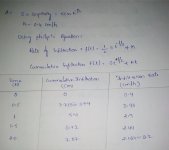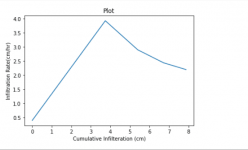Unkown User
Eternal Poster
- Joined
- Apr 28, 2017
- Posts
- 585
- Solutions
- 57
- Reaction
- 415
- Points
- 312
Drop link lang po nang ipapaunlock nyong chegg/course hero solution. pati nadin scribd documents.
Note: Pwede din mag pa ask sa Tutor, DM nyo nalang ako if need nyo.

Note: Pwede din mag pa ask sa Tutor, DM nyo nalang ako if need nyo.
Attachments
-
You do not have permission to view the full content of this post. Log in or register now.
Last edited:







